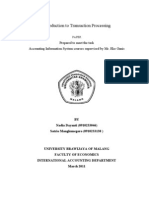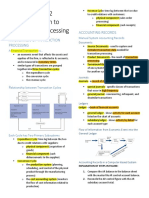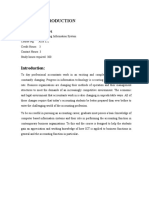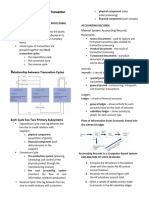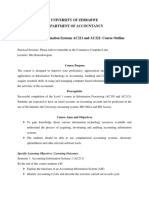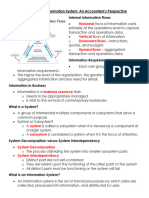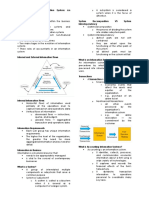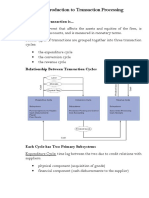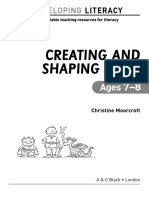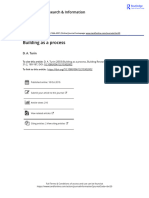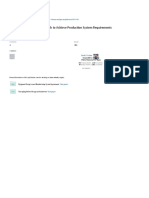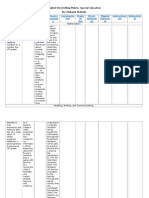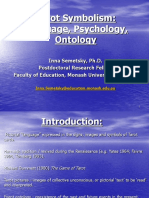0% found this document useful (0 votes)
49 views8 pagesAcc142-Lesson 2 and 3 Lecture Notes
The module ACC 142 at Midlands State University aims to provide students with a comprehensive understanding of accounting systems in a computer environment, focusing on contemporary information technology issues. Key objectives include mastering information flows, transaction cycles, and the impact of evolving technologies like AI and blockchain on accounting practices. Assessment consists of coursework (30%) and a final exam (70%), covering various topics such as transaction processing systems, business communication, and ethics in accounting.
Uploaded by
tadiwanasheezhangazhaaCopyright
© © All Rights Reserved
We take content rights seriously. If you suspect this is your content, claim it here.
Available Formats
Download as PDF, TXT or read online on Scribd
0% found this document useful (0 votes)
49 views8 pagesAcc142-Lesson 2 and 3 Lecture Notes
The module ACC 142 at Midlands State University aims to provide students with a comprehensive understanding of accounting systems in a computer environment, focusing on contemporary information technology issues. Key objectives include mastering information flows, transaction cycles, and the impact of evolving technologies like AI and blockchain on accounting practices. Assessment consists of coursework (30%) and a final exam (70%), covering various topics such as transaction processing systems, business communication, and ethics in accounting.
Uploaded by
tadiwanasheezhangazhaaCopyright
© © All Rights Reserved
We take content rights seriously. If you suspect this is your content, claim it here.
Available Formats
Download as PDF, TXT or read online on Scribd
/ 8



